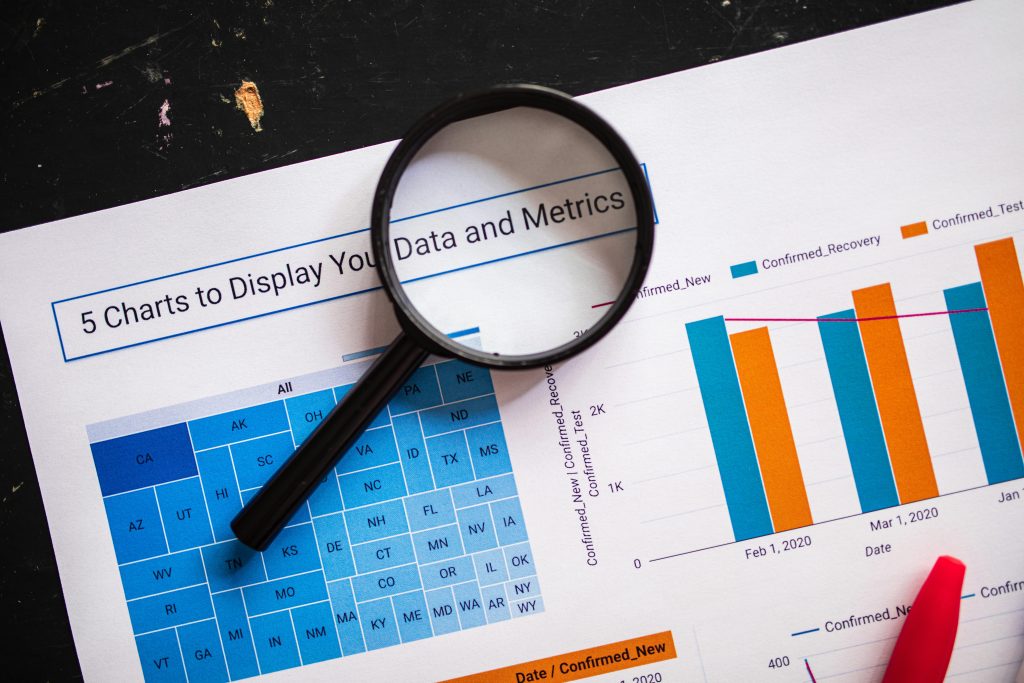Introduction
Cash flow is the lifeblood of every organization—fueling payroll, vendors, growth initiatives, and unexpected expenses. Yet even seasoned finance teams can struggle to get a real‑time handle on their liquidity. Manual spreadsheets are error‑prone, siloed systems lack context, and static reports quickly go stale. The solution? Interactive, purpose‑built cash‑flow dashboards that consolidate key metrics into intuitive visualizations and drill‑downs.
In this guide, we’ll explore five essential dashboard types—from executive summaries to project‑level trackers—that empower stakeholders at every level to understand, forecast, and manage cash effectively. You’ll learn which KPIs to include, best practices for data automation, and real‑world examples of dashboards built with leading BI tools. By the end, you’ll have a paste‑ready blueprint for designing dashboards that surface your organization’s cash position, conversion cycles, and runway in seconds—so you can make informed decisions with confidence.

1. Executive Cash‑Flow Summary Dashboard
1.1 Purpose and Audience
The Executive Cash‑Flow Summary is designed for CEOs, CFOs, and board members who need a high‑level view of liquidity without wading through granular details. It answers questions like:
- What is our total cash-on-hand?
- Are we burning or generating cash this period?
- How many months of runway do we have at current burn rates?
1.2 Key Metrics to Display
- Current Cash Balance
- Aggregate of all bank accounts, money‑market funds, and short‑term investments.
- Net Cash Flow (MTD / QTD / YTD)
- Operating, investing, and financing cash flows, presented in waterfall or bar chart form.
- Cash Burn Rate
- Rolling 3‑ or 6‑month average of negative cash flow (for high‑growth or startup contexts).
- Runway
- Months until cash balance hits zero = Current Cash÷Average Monthly Burn \text{Current Cash} \div \text{Average Monthly Burn}Current Cash÷Average Monthly Burn
- Forecast vs. Actual
- Overlay of forecasted cash balances vs. actuals for the next 6–12 months.
- Liquidity Ratios (optional)
- Quick Ratio = (Cash + AR) ÷ Current Liabilities
1.3 Visualization Techniques
- KPI Tiles: Large numeric displays for current balance and runway.
- Waterfall Chart: Visualize how operating, investing, and financing flows contribute to net change.
- Line Chart: Show forecast vs. actual balances over time in one view.
- Gauge or Bullet Chart: Illustrate runway against target thresholds (e.g., 6‑month minimum).
2. Operating Cash‑Flow Drill‑Down Dashboard
2.1 Purpose and Audience
Finance and accounting teams need to understand why operating cash flow is rising or falling. The Operating Cash‑Flow Drill‑Down dashboard surfaces the underlying drivers—collections, payables, inventory—that impact day‑to‑day liquidity.

2.2 Key Metrics to Include
- Cash Collections vs. Sales
- % of Accounts Receivable (AR) collected this period vs. invoice sales.
- AR Aging
- Distribution of receivables across 0–30, 31–60, 61–90, and 90+ day buckets.
- AP Aging
- Outstanding payables by aging bucket, highlighting negotiation opportunities.
- Inventory Days Outstanding (DIO)
- Average days inventory sits before sale: DIO=Average InventoryCOGS per Day \text{DIO} = \frac{\text{Average Inventory}}{\text{COGS per Day}}DIO=COGS per DayAverage Inventory
- Cash Conversion Cycle (CCC)
- CCC = DSO + DIO – DPO; a single gauge summarizing working capital efficiency.
2.3 Visualization Techniques
- Stacked Bar Charts: Aging analyses for AR and AP.
- Sparkline Trends: Rolling 12‑month view of DSO, DIO, and DPO.
- Heatmaps: Highlight overdue AR or AP buckets that exceed targets.
- Scatter Plot: DSO vs. DIO to spot outliers by customer segment or product line.
3. Cash Forecast & Variance Dashboard
3.1 Purpose and Audience
Accurate forecasting is critical to avoid surprises. A Cash Forecast & Variance dashboard helps FP&A teams compare rolling forecasts against actuals, analyze variances, and refine assumptions.
3.2 Key Components
- 13‑Week Rolling Forecast
- Weekly inflows and outflows drawn from AR/AP schedules and recurring expenses.
- Forecast vs. Actual Variance
- Bar or column charts showing forecasted cash vs. realized cash by week or month.
- Variance Drivers
- Break out variances by category (e.g., Revenue shortfall, vendor payment timing, payroll overruns).
- Scenario Planner
- Interactive filters or what‑if sliders allowing users to model changes in sales, headcount, or capex to see their impact on runway.
3.3 Visualization Techniques
- Dual‑Axis Charts: Forecast vs. actual on one axis, variance on the other.
- Waterfall for Variance: Show positive and negative drivers sequentially.
- Parameter Controls: Sliders or dropdowns for scenario inputs with dynamic recalculation.
- Tabular Detail: Drill‑through links to underlying invoice and payment records.
4. Banking & Liquidity Overview Dashboard
4.1 Purpose and Audience
Treasury teams need real‑time visibility into account balances, currency exposures, and sweep‑account activities. A Banking & Liquidity Overview dashboard centralizes this information.
4.2 Key Metrics to Display
- Real‑Time Account Balances
- Tiles for each bank account, money market, and cash sweep.
- Currency Breakdown
- Pie chart or bar chart showing USD, EUR, GBP, AUD balances.
- Sweep Account Activity
- Daily inflows and outflows of sweep or cash‑pooling vehicles.
- Minimum Balance Alerts
- Conditional formatting to flag accounts below thresholds or approaching credit limits.
4.3 Visualization Techniques
- Tile Grid: One tile per account with balance, currency, and trend indicator.
- Map or Table: Geographic or currency view of exposures.
- Sparkline: Mini‑charts showing daily balance trends.
- Alert Notifications: Embedded banners when critical thresholds breach.
5. Project & Departmental Cash‑Flow Dashboard
5.1 Purpose and Audience
Project managers and departmental heads need to track cash usage against budgets and measure ROI on initiatives. The Project & Departmental Cash‑Flow dashboard provides this line‑of‑sight.

5.2 Key Metrics to Include
- Inflows vs. Outflows by Project/Dept
- Net cash position per project or cost center.
- Budget vs. Actual Spend
- Percentage of budget consumed and remaining.
- Cumulative ROI Projection
- Projected future inflows (e.g., milestone payments) vs. historical outflows.
- Top Expense Categories
- Breakdown of spend (labor, materials, contractors) for each project.
5.3 Visualization Techniques
- Waterfall Chart: Show cash inflows, outflows, and net position per project.
- Bullet Graph: Budget target vs. actual spend with color cues.
- Treemap or Bar Chart: Expense category distribution.
- Drill‑Through Links: Navigate from summary rows into transaction details in ERP.
6. Best Practices for Building Effective Cash‑Flow Dashboards
6.1 Automate Data Integration
- Direct Connections: Pull data via API from ERP (NetSuite, SAP), banking feeds, and expense systems.
- ETL Pipelines: Use tools like Fivetran or Matillion to centralize data into a warehouse (Snowflake, BigQuery) for reporting.
6.2 Use Rolling Periods and Benchmarks
- 13‑Week / 12‑Month Rolling Views: Smooth out seasonality and highlight trends.
- Benchmark Lines: Compare current period to same period last year or budget.
6.3 Highlight Variances and Alerts
- Conditional Formatting: Red/yellow/green cues for KPIs outside thresholds.
- Automated Notifications: Email or Slack alerts when critical cash metrics deviate significantly.
6.4 Enable Drill‑Down and Context
- Interactive Filters: Allow slicing by entity, region, customer segment.
- Drill‑Through: Embed links to source transactions, vendor invoices, or AR aging reports for root‑cause analysis.
6.5 Design for Mobile and Print
- Responsive Layouts: Ensure dashboard retains readability on tablets and phones.
- Printable Views: Provide PDF snapshots for board packs or audit documentation.

Conclusion
A well‑crafted cash‑flow dashboard transforms a tangle of spreadsheets and siloed systems into actionable insights—surfacing current balances, revealing working‑capital drivers, and forecasting runway at a glance. By deploying Executive Summaries, Operating Drill‑Downs, Forecast & Variance Trackers, Liquidity Overviews, and Project‑Level Monitors, finance teams and executives alike gain the visibility needed to optimize cash management, negotiate payment terms, and steer organizations toward sustainable growth.
Start by selecting the dashboard types that align with your stakeholders’ needs, automate your data feeds, and apply the visualization best practices outlined here. With dynamic, interactive dashboards in place, you’ll turn raw cash‑flow data into strategic intelligence—empowering faster decisions and stronger financial health.

